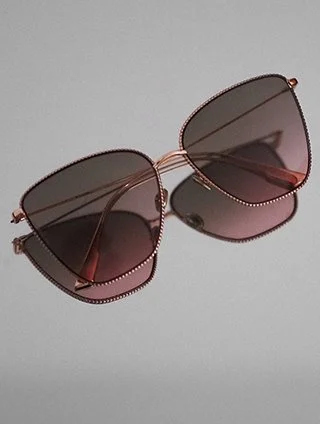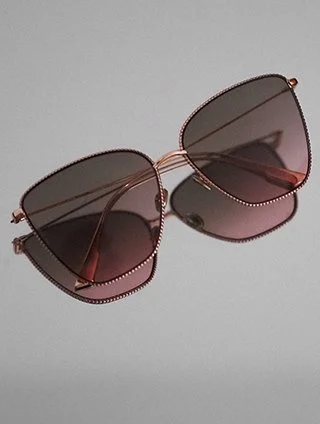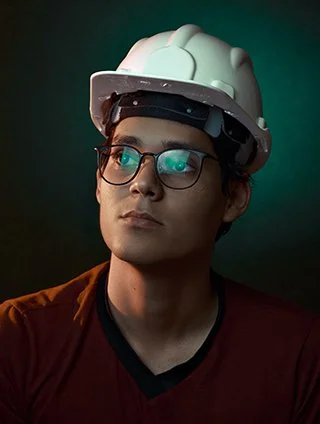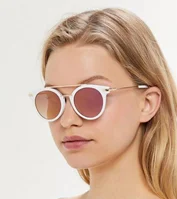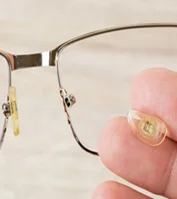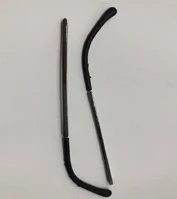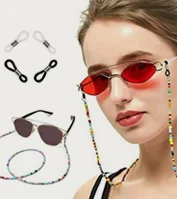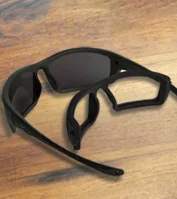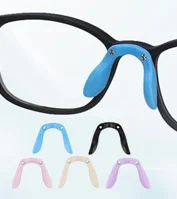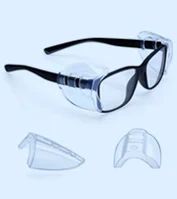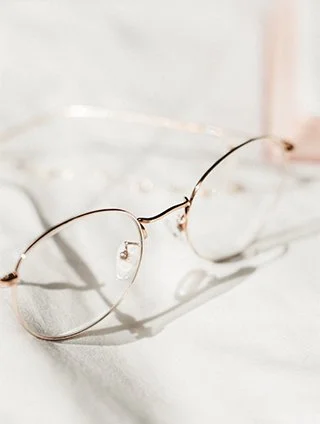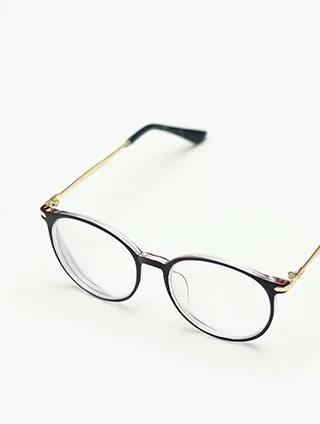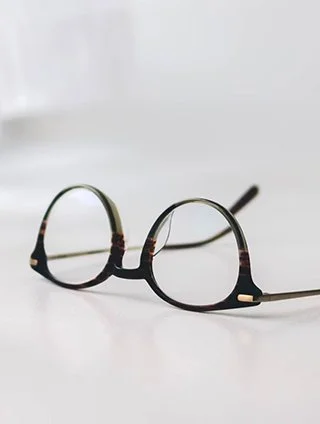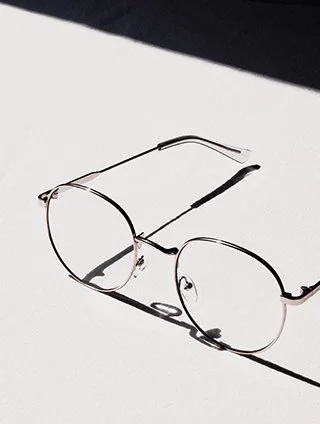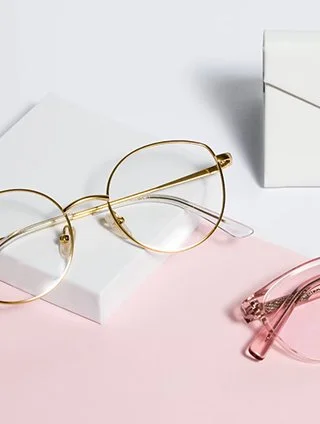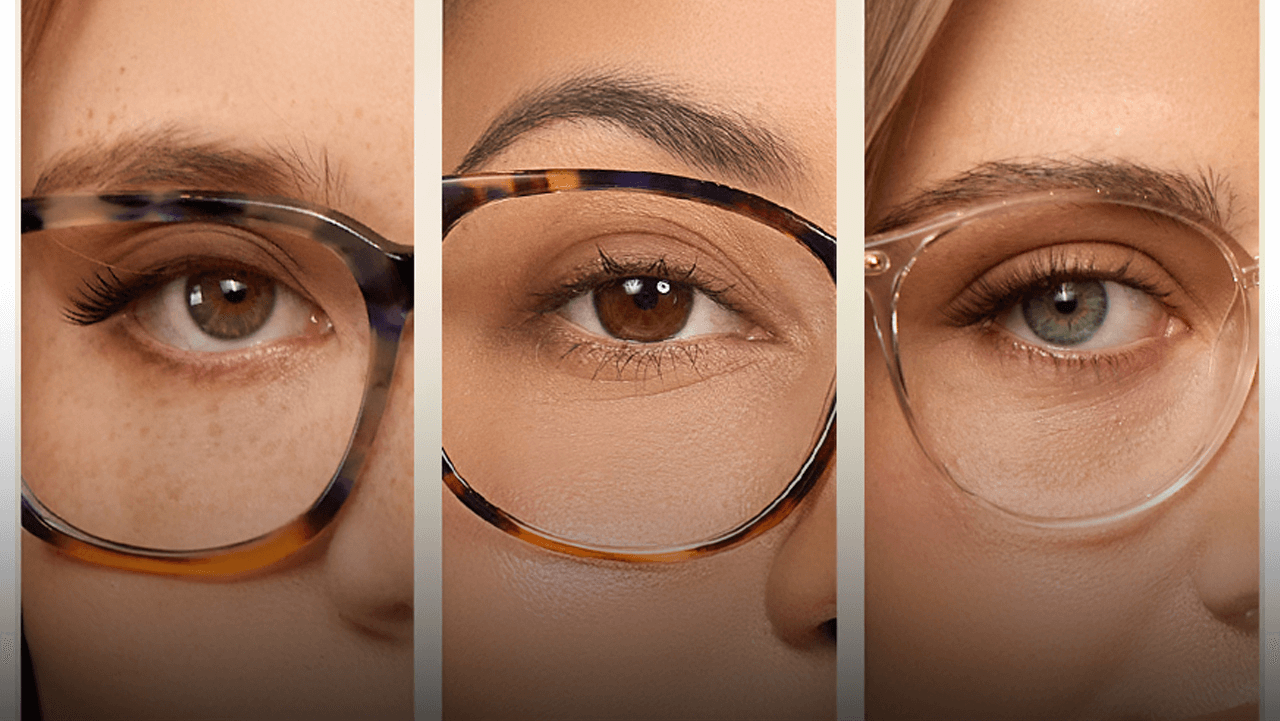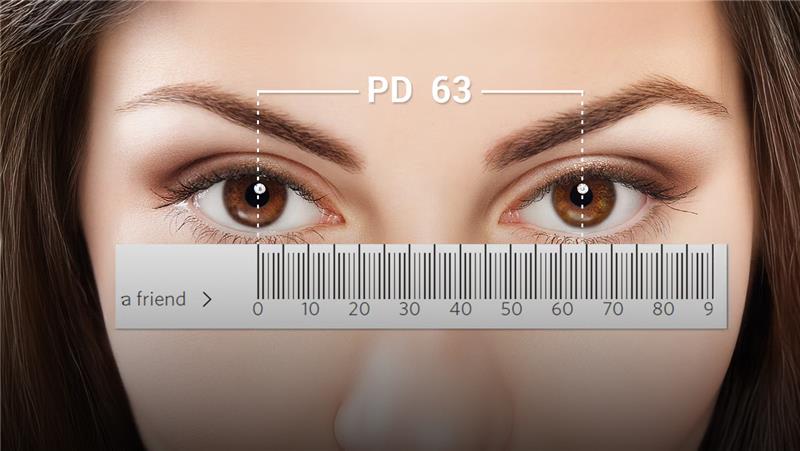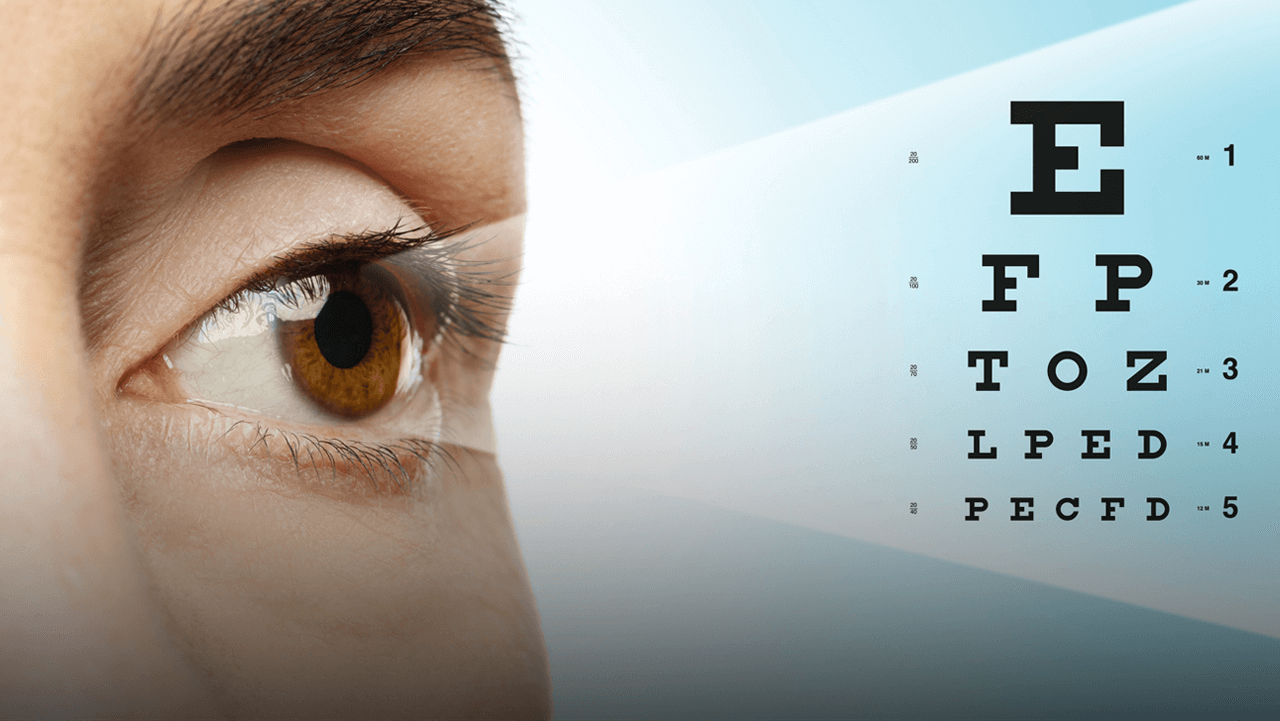Last updated: Monday, January 27, 2025
When is your next scheduled eye exam due? Your optometrist could suggest progressive lenses if you're having trouble with a refractive defect, but how do you tell which kind you need? These lenses come in a multitude of variations, each fulfilling a particular purpose. See below for additional information on the many kinds of progressive lenses.
Progressive Lenses
What distinguishes progressive lenses from regular spectacles? Single-vision lenses with a single prescription are typically seen in regular eyeglasses. In a set of eyeglasses, progressive lenses have three prescriptions and are multifocal. These eyewear combos offer three benefits at once.
You can see comfortably at varied distances using multifocal lenses. You can see far, near, and close with them without needing to put on new glasses. While bifocals and trifocals are two additional types of multifocal lenses, progressive lenses stand out due to their seamless prescription transitions.
Similar to progressive lenses, bifocals, and trifocals combine 2 or 3 prescriptions into a single pair of glasses. The prescriptions in these lenses are divided by lines. These lines are not used by progressive lenses, which makes switching between prescriptions easier.
Progressive Lenses' Salient Features Include
- Gradual Blending: The lens's strength progressively shifts from close-up vision at the bottom to far vision at the top.
- Intermediate Zone: Progressive lenses come with an intermediate, or "in-between," zone for activities like using a computer, besides improving near and distance vision.
- Peripheral Vision: You can see things around you without moving your head thanks to progressive lenses' clear peripheral vision.
- Adaptation: If you are not accustomed to using multifocal glasses, it can take a while to get used to progressive lenses. To access the various areas of the lens for different jobs, you might need to learn how to properly posture your head.
It's crucial to get a thorough eye exam from an ophthalmologist or eye doctor before contemplating progressive lenses. They will ascertain your prescription and establish if progressive lenses are appropriate for your particular visual requirements. When looking for a more accessible and adaptable answer to their vision correction needs, these lenses are a popular option for people who need different prescription strengths.
How To Know If You Require Progressive Lenses?
The majority of presbyopia sufferers wear progressive lenses. Your capacity to focus on surrounding objects is affected by this condition, which is common in persons over 40. Progressive lenses that are right for you can be suggested by your optometrist.
Various Kinds Of Progressive Lenses
When it comes to progressive lenses, fit is crucial. Your glasses must fit properly and perform as intended. Progressive lenses come in a variety of forms, such as:
Computers Progressive Lenses
Near variable focus lenses, often known as computer progressive lenses, are made to provide sharp vision in office environments. These lenses are perfect for reducing visual fatigue (also known as digital eye strain) when using a computer for more than four hours a day. It is not recommended to use these lenses over your normal spectacles as they are meant for indoor use only. The drawback of this is that you need to own two different sets of prescription glasses. Computer progressive lenses should be viewed as specialty eyewear; they are useful and can ease pain, but they cannot take the place of your daily glasses.
Premium Progressive Lenses
High-quality progressive lenses are made to provide you with a smoother, wider perspective. These lenses may be made to fit almost any prescription, style of frame, and shape of the eye. The design of premium progressive lenses usually includes your dominant eye. Changing from one prescription to another seems more seamless with the lenses. These features drive up the price of premium progressive lenses.
Ground-View Progressive Lenses
Outdoor enthusiasts are a good fit for ground-view progressives. The purpose of these glasses is to reduce lens distortion and improve the naturalness of your vision. Greater vision is possible via the bottom and sides of the lens with ground-view progressives. It improves your vision for looking down, using computers, and driving.
Standard Progressive Lenses
Regular progressive lenses are just what standard progressive lenses are. Compared to other lenses, they are less specialized yet still offer a large reading area. Standard progressives usually need bigger frames and have a larger drop between prescriptions.
Short Corridor Progressive Lenses
The purpose of short corridor progressives is to accommodate small frames. They sacrifice functionality in favour of a trendier appearance. Some find that the lens size makes the transition to short corridor progressives challenging. Sometimes this causes eyesight to appear more distorted.
Transition Progressive Lenses
It is not official to classify transitional progressive lenses as a type of progressive lens. A maker of photochromic lenses is called Transitions. When subjected to ultraviolet (UV) light, these lenses darken, giving your eyes shade.
They serve as a practical substitute for sunglasses. It can be challenging to get used to wearing new glasses, regardless of the progressive lens type you select. You can adjust to your new Tommy Hilfiger glasses more easily with the help of these recommendations.
Tips Regarding Top Progressive Lenses Before Purchasing
We can provide the following advice to help you select the top progressive lenses anywhere else:
- Speak with an expert in eye care: To receive a progressive lens prescription and a thorough eye exam, see an eye care specialist such as an ophthalmologist or optometrist. They can advise you on the finest choices in light of your unique eyesight requirements.
- Select Reputable Brands: Seek well-known, trustworthy brands of eyewear that have a history of making superior lenses. Several well-known lens producers are Varilux, Hoya, Essilor, and Zeiss. These companies frequently provide a selection of progressive lens alternatives.
- Take into Account Lens Materials: Regular plastic, high-index, and polycarbonate materials are some of the materials that can be used to create progressive lenses. The material you choose should take your lifestyle, comfort level, and prescription into consideration.
- Customization: You can have progressive lenses made to fit your unique prescription and eye habits. Consult with an eye care specialist about your unique requirements, and they can suggest the best solutions for customization and design.
- Anti-reflective Coatings: To lessen glare, increase clarity, and improve the overall appearance of your eyeglasses, think about applying anti-reflective treatments to your lenses.
- Frame Selection: The comfort and functionality of your progressive lenses might also be impacted by the frame you select. Make sure the frame fits your face comfortably and provides a sufficient field of view.
- Budget: There is a range of pricing for progressive lenses. A budget and visual requirements must be balanced. There are decent mid-range alternatives in addition to premium lenses, which might provide extra benefits.
- Guarantee and Post-Sale Support: Find out about the manufacturer's or retailer's warranty and after-sales support. It's critical to have a solid support network in place in case your progressive lenses start to give you problems.
- Online Reviews and Suggestions: To gain insight into the experiences that other consumers have had with various brands and models of progressive lenses, look for online reviews and recommendations from other users.
- Trial Time frame: If available, take advantage of the trial period that some retailers offer so you can test the progressive lenses and make sure they fit your needs. Remember that the ideal progressive lenses for you will depend on your unique vision requirements, lifestyle, and preferences; your eye care professional is the best person to consult for personalized recommendations in this regard.
Top Brands for Progressive Lenses
Several brands sell progressive lenses. Please be aware that since then, brand and model availability may have changed. The following well-known companies usually provide progressive lenses:
1. Essilor: One of the biggest and most well-known lens producers in the world is Essilor. They manufacture a range of progressive lenses under the Essilor, Varilux, and Eyezen brands.
2. Zeiss: Progressive lenses are among the premium lenses that Carl Zeiss is renowned for making. Zeiss Progressive Lenses is the common moniker for their line of progressive lenses.
3. Hoya: Another reliable company that sells progressive lenses is Hoya, which also sells Hoyalux.
It's crucial to speak with an optometrist or eye care specialist to find the finest progressive lens choice for your unique vision requirements and way of life. According to your prescription and your needs, they can suggest the progressive lens brand and model that is best. For the most recent details on progressive lens solutions, it is, therefore, a good idea to visit your neighborhood optometrist stores or their websites.
What Is the Price of the Best Progressive Lenses?
Progressive lens prices can differ significantly based on several variables, such as the progressive lens type, brand, material, and any extra coatings or features. Furthermore, costs may differ depending on the area and optical shops. These are some broad recommendations regarding the variables that affect the price of progressive lenses.
- Lens Kind: Progressive lenses are available in a variety of forms and styles, from entry-level to high-end. The cost increases with increasing design sophistication. Larger fields of vision and more seamless transitions between various prescription strengths are common features of premium designs.
- Lens Material: The price may vary depending on the type of lens. Generally speaking, standard plastic lenses are less expensive than polycarbonate or high-index lenses. Because they are lighter and thinner, materials for high-index and thinner lenses may be more expensive.
- Brand: Because of their superior quality and cutting-edge technology, progressive lenses from well-known and respected brands may cost more.
- Coatings: Adding extra coatings to the lenses, such as photochromic, anti-reflective, and scratch-resistant coatings, might increase their cost while also offering potential benefits.
- Retailer: The progressive lens price may also be affected by the optical shop or retailer you select. Different stores can provide different specials and price points.
- Prescription Grade: The cost may vary depending on how detailed your prescription is. More sophisticated and expensive lens designs may be needed for higher prescriptions or more severe astigmatism.
- Customization: Compared to regular, non-customized choices, customized progressive lenses made to meet your unique vision requirements may cost more.
Customized and premium solutions may come with a hefty price tag. To obtain a precise price estimate for progressive lenses, it's crucial to speak with your neighborhood optometrist or optical shop as prices can differ between locations. Furthermore, remember that costs can have varied since your previous update, so it's an excellent plan to get up-to-date pricing details directly from the optical retailer or eye care specialist of your choice.
The Ideal Frame Height At Which To Use Progressive Lenses
Those who wear progressive lenses should carefully evaluate what their ideal frame height is. Progressive lenses provide a smooth transition from reading or close vision at the bottom to distance vision at the top, with a seamless transition in prescription strength. The wearer can reach the close, intermediate, and far zones with ease and comfort when the frame height is adjusted appropriately.
The size and shape of the progressive corridor—the space where the various prescriptions converge—should be considered when determining the optimal frame height. Greater room for every prescription zone is made possible by a bigger progressive corridor made possible by a greater frame height. For people who value having a bigger reading space for texts, tablets, or laptop use, this is beneficial.
For people who value a more understated appearance for their eyeglasses or who have particular vision needs, such as a broader distance vision zone, a shorter frame height could be preferable. A minimum frame height of 30 mm is advised to fit a progressive lens.
The appropriate size for your Lacoste glasses frame will depend on your facial structure, especially the nose bridge. Nose cushions could be necessary for people whose bridges are flatter or nonexistent to guarantee a proper frame fit. Every person has a different bridge, and a similar frame can sit closer to the nose or farther down. More significant than frame size may be how the frame fits your face and where your eyes are positioned within it.
Finally, keep in mind that you will continually need to correct your frame and fight using progressive lenses if the rim is so huge that it slides on your nose. Your glasses may weigh more if you have a high prescription for glasses since your lenses may be heavier.
What Makes Wearing Premium Progressive Lenses The Right Decision?
Premium lenses have improved optical quality, larger visual area, and less peripheral distortion than ordinary progressive lenses. They frequently provide a more comfortable and customized vision correction solution since they are made specifically for the wearer's prescription and lifestyle.
Where Do The Best Progressive Lenses Go On Online?
Progressive lenses are available online on Eyeweb from several trustworthy eyewear merchants. We provide a selection of eyeglasses, including progressive lens alternatives. Please be aware, though, that since my last update, new possibilities may have appeared and the range of online eyeglasses merchants may have altered. A large selection of eyeglasses, including progressive lenses, are available from Eyeweb.
The following are some benefits of Eyeweb's premium progressive lenses:
- A viewing area that is up to 40% broader
- For optimal comfort, larger middle and reading spaces
- Sharper focus lessens eye strain;
- Reduced peripheral distortion;
- Faster and easier transition between viewing areas
Ensure your eye care specialist has given you an up-to-date prescription before purchasing progressive lenses online. The information required for precise lens customization will be included in this prescription.
FAQ's
How to tell if your progressive lenses are correct?
Verify that your progressive lenses are proper by looking for blur-free, crisp vision at all distances. The fit might need to be adjusted if you feel uncomfortable or have to twist your head uncomfortably to see well.
Are progressive lenses worth it?
For many people, progressive lenses are worth the investment since they offer a smooth transition between vision zones, enabling clear vision at varied distances without the need for numerous pairs of glasses. They improve comfort and convenience, particularly for people who have presbyopia.
How long does it take to get used to progressive lenses?
Depending on personal circumstances, most people need a few days to a month to get used to progressive lenses. After this time, speak with your optometrist about any necessary modifications if you continue to have discomfort or blurred vision.
What are the different types of progressive lenses?
Progressive lenses come in a variety of forms, including premium, custom, and conventional varieties. Additional varieties are ground-view progressives, computer progressive lenses, and short-corridor lenses, each of which is made to accommodate particular frame styles and vision requirements.
What is the average cost of progressive lenses?
Depending on the features and quality, progressive lenses can cost anywhere from $150 and $650. The choice of frame, lens coatings, and particular shop selections are some of the variables that could affect this cost.




